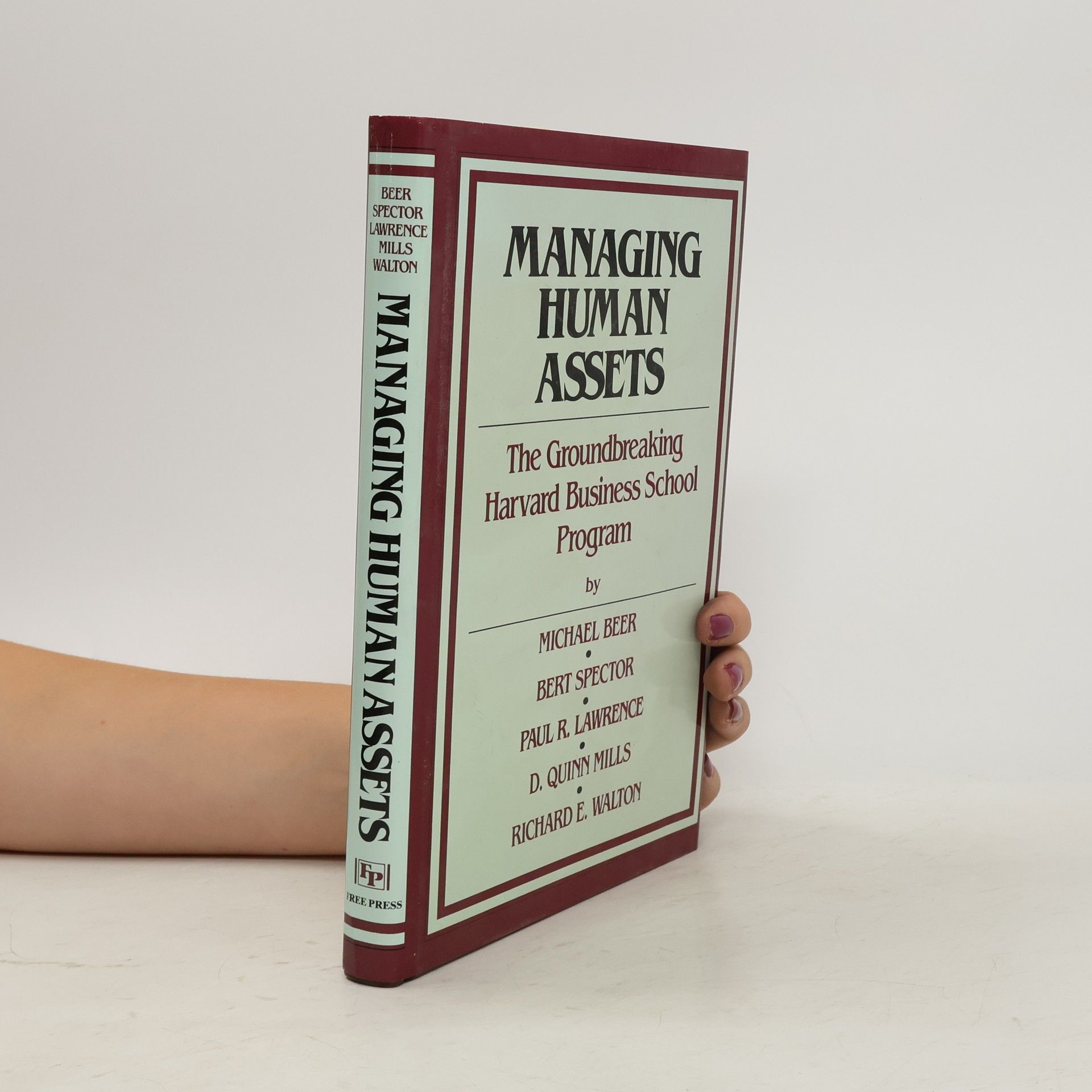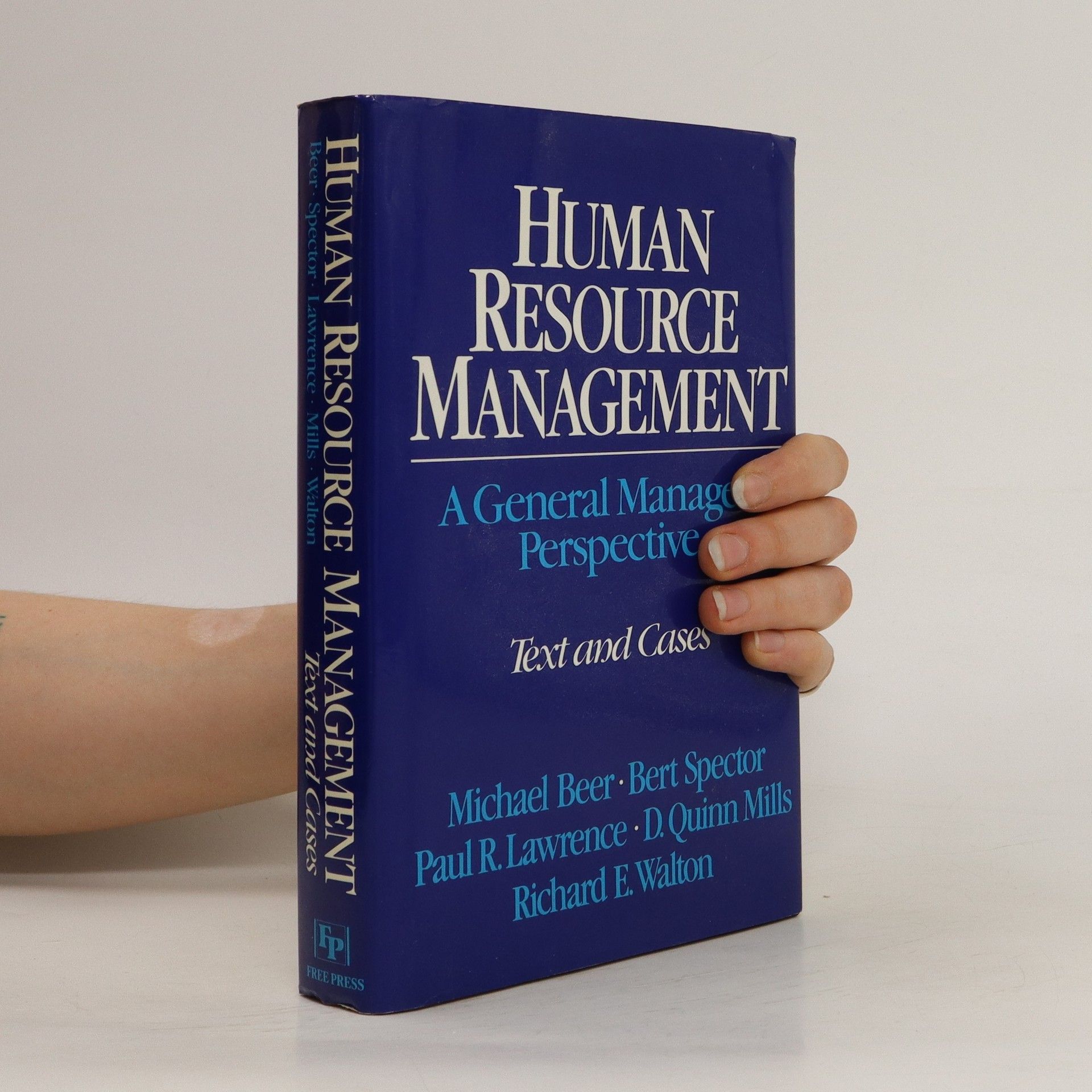This resource outlines how to create value for a company through strategic human resource management. It focuses on three issues outside of the typical HRM arena: 1) How to help managers create and sustain outstanding performance in their organizations.
Michael Beer Livres
Michael Beer est Professeur Émérite d'Administration des Affaires à la Harvard Business School et Président de TruePoint. Ce cabinet de conseil basé sur la recherche, qu'il a cofondé, travaille avec des cadres supérieurs aspirant à transformer leurs organisations en systèmes à fort engagement et à hautes performances grâce à des conversations honnêtes sur l'alignement organisationnel avec la stratégie et les valeurs.






Civil Resistance Tactics in the 21st Century
- 114pages
- 4 heures de lecture
Focusing on nonviolent action, this book offers updated categories and tactics that build upon Gene Sharp's foundational theories. It serves as a valuable resource for both scholars and practitioners, providing insights into contemporary civil resistance methods in the 21st century. The content is designed to enhance understanding and application of these strategies in various contexts, making it essential for those engaged in the study or practice of civil resistance.
This book looks at the way in which food was employed in Greek and Roman literature to impart identity, whether social, individual, religious or ethnic. In many instances these markers are laid down in the way that foods were restricted, in other words by looking at the negatives instead of the positives of what was consumed. Michael Beer looks at several aspects of food restriction in antiquity, for example, the way in which they eschewed excess and glorified the simple diet; the way in which Jewish dietary restriction identified that nation under the Empire; the way in which Pythagoreans denied themselves meat (and beans); and the way in which the poor were restricted by economic reality from enjoying the full range of foods. These topics allow him to look at important aspects of Graeco-Roman social attitudes. For example, republic virtue, imperial laxity, Homeric and Spartan military valour, social control through sumptuary laws, and answers to excessive drinking. He also looks closely at the inherent divide of the Roman world between the twin centres of Greece and Rome and how it is expressed in food and its consumption.
Fit to Compete
- 304pages
- 11 heures de lecture
In thirty years of working in corporations, Michael Beer has witnessed how organizational silence has derailed many a strategic objective. When lower-level employees in the organization can't speak truth to power, senior leaders don't hear what they need to hear about their firm's fitness to compete. Employees lose trust in higher-ups and become more resistant to change. In Fit to Compete, Beer presents an antidote to silence--an innovative and highly effective process for holding honest conversations with everyone in your organization. Used by over 150 organizations across the globe, the Strategic Fitness Process has helped leaders in industries as diverse as medical technology, restaurant chains, and pharmaceuticals hear the raw and necessary truth about the sources of misalignment between their strategies and their organizations. In addition to a step-by-step guide, Beer offers detailed and illustrative case studies of companies that have used the Strategic Fitness Process to great effect. He also shows how to apply the process more broadly, to a variety of strategic challenges and at multiple levels throughout the organization.
Outlines a model of human resource management, discusses employee participation, reward systems, and competency, and shows how to make personnel policies an integral part of a business's overall strategy
Michael Beer's Briefwechsel
- 292pages
- 11 heures de lecture
This work has been selected by scholars as being culturally important, and is part of the knowledge base of civilization as we know it. This work was reproduced from the original artifact, and remains as true to the original work as possible. Therefore, you will see the original copyright references, library stamps (as most of these works have been housed in our most important libraries around the world), and other notations in the work. This work is in the public domain in the United States of America, and possibly other nations. Within the United States, you may freely copy and distribute this work, as no entity (individual or corporate) has a copyright on the body of the work. As a reproduction of a historical artifact, this work may contain missing or blurred pages, poor pictures, errant marks, etc. Scholars believe, and we concur, that this work is important enough to be preserved, reproduced, and made generally available to the public. We appreciate your support of the preservation process, and thank you for being an important part of keeping this knowledge alive and relevant.